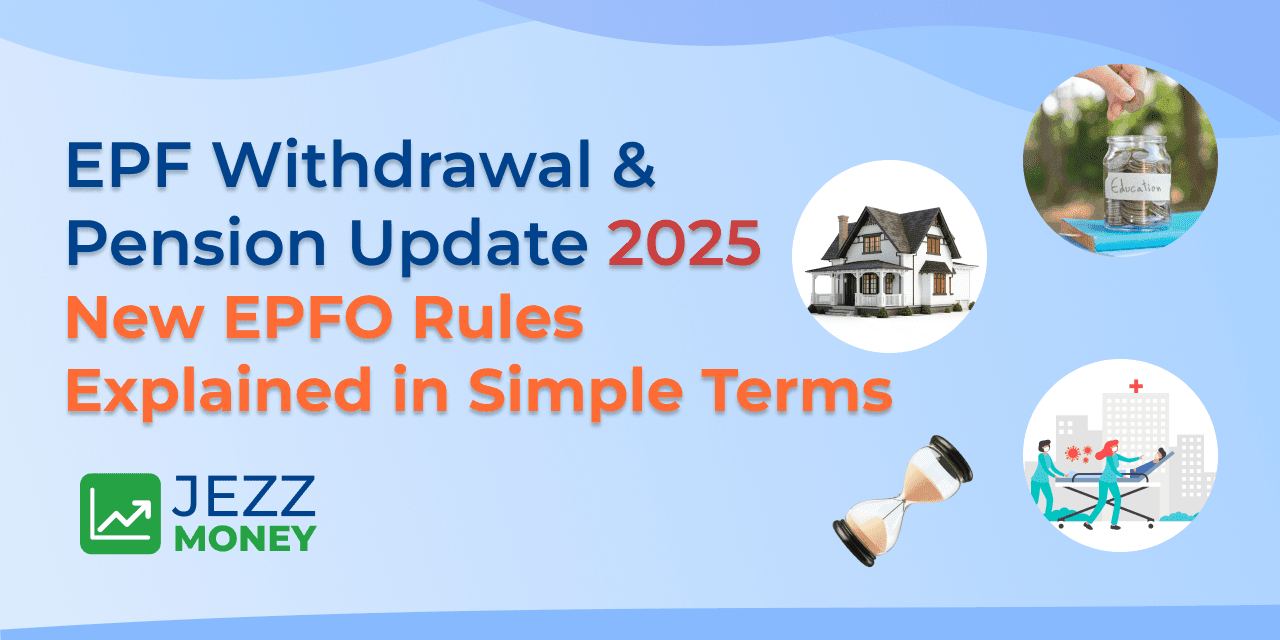The Employees' Provident Fund Organisation (EPFO) is the primary authority that ensures the financial security of 9-5 workers across India for the future. As one of the largest social security organizations in the world, EPFO manages the Employees' Provident Fund (EPF) and the Employees' Pension Scheme (EPS), helping members build long-term retirement savings and receive financial support in times of crisis.
In 2025, the EPFO changed the whole provident fund system through a series of reforms, making it more flexible, transparent, and member-friendly. These changes include removing restrictions on withdrawals, reclassifying 13 tricky provisions into three simple categories, and updating pension withdrawal and eligibility instructions. The intention is to remove the obstacles that employees face when they want to access their savings, thus, they can still keep their retirement fund intact.
Every employee should know about the new EPFO regulations, as they affect the timing and process of your PF withdrawal, pension claiming, and access to funds in emergencies such as sickness, job loss, or housing. Being updated, you make better financial choices, and you receive the full benefits that your savings deserve.
